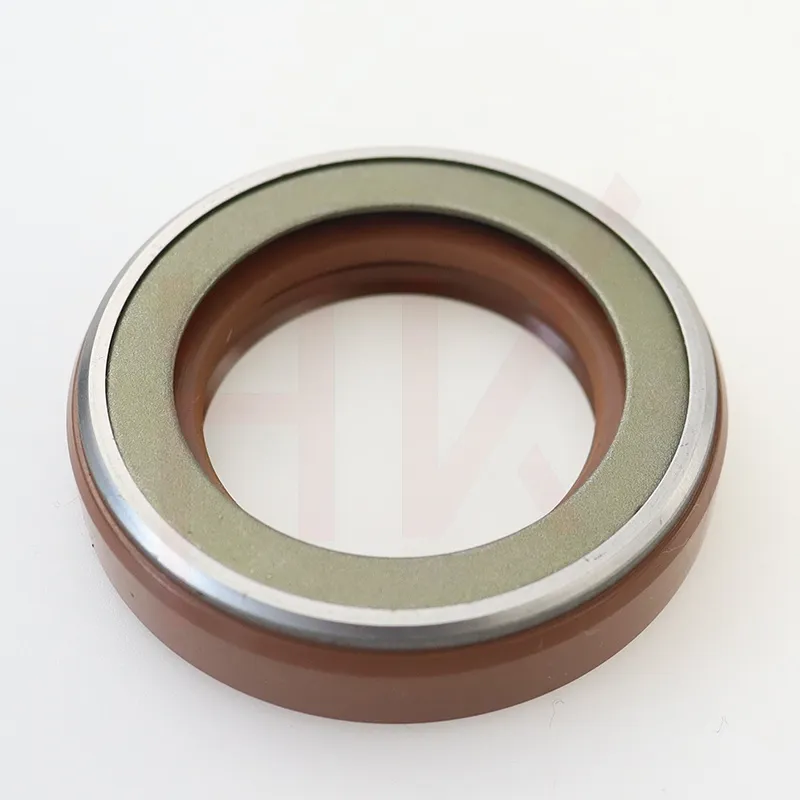Dec . 12, 2024 21:40 Back to list
forklift hydraulic cylinder seals
Understanding Forklift Hydraulic Cylinder Seals Importance, Types, and Maintenance
Hydraulic systems are fundamental components in forklifts, providing the necessary power to lift and move heavy loads with ease. At the heart of these hydraulic systems are hydraulic cylinders, which convert hydraulic energy into mechanical force. One critical component of hydraulic cylinders is the seals. This article will delve into the importance, types, and maintenance of forklift hydraulic cylinder seals.
Importance of Hydraulic Cylinder Seals
Hydraulic cylinder seals play a vital role in maintaining the efficiency and performance of hydraulic systems in forklifts. Their primary function is to prevent hydraulic fluid from leaking, ensuring that the system operates at optimum pressure. A leak can lead to a drop in performance, inefficient operations, and increased wear and tear on components. In addition, the presence of hydraulic fluid leakages poses environmental risks and can lead to safety hazards for operators.
Moreover, seals help to keep contaminants out of the hydraulic cylinder. Dirt, dust, and other particles can cause significant damage to the cylinder and other components, leading to mechanical failure. Thus, the integrity of seals is paramount not only for operational efficiency but also for safety and longevity of the equipment.
Types of Hydraulic Cylinder Seals
There are several types of seals used in hydraulic cylinders, each serving a specific purpose. The most common types include
1. Rod Seals These seals are located on the rod of the hydraulic cylinder. Their primary function is to prevent hydraulic fluid from leaking out as the rod extends and retracts. Rod seals must withstand dynamic movement, making their design crucial for ensuring efficiency.
2. Piston Seals Piston seals are situated between the piston and the cylinder barrel. They are responsible for preventing fluid from leaking past the piston, allowing the hydraulic cylinder to maintain pressure and perform its lifting duties effectively.
3. Breather Seals These seals allow air to enter and exit the cylinder as the hydraulic system operates. They help to equalize pressure without allowing fluid to escape.
forklift hydraulic cylinder seals

4. Buffer Seals Buffer seals are used to absorb shock and reduce wear on rod and piston seals. They are particularly important in systems that experience sudden changes in pressure or load.
5. Wipers or Scrapers Positioned at the cylinders' entrance, wipers prevent contaminants from entering the hydraulic system while also removing any dirt that may have adhered to the cylinder rod during operation.
Maintenance of Hydraulic Cylinder Seals
Proper maintenance of hydraulic cylinder seals is essential for maximizing the performance and lifespan of forklifts. Here are some best practices
- Regular Inspections Frequent inspections of hydraulic systems and seals can help identify wear or damage before it leads to leaks. Look for signs of fluid leakage, abrasions, or cracks.
- Replace Worn Seals If seals show signs of wear, swift replacement is necessary to avoid further damage. Neglecting to replace worn seals can lead to costly repairs and extended downtime.
- Use Quality Components Investing in high-quality seals can significantly enhance the reliability of the hydraulic system. Always procure seals from reputable manufacturers to ensure they meet specified performance standards.
- Proper Installation Incorrectly installed seals can lead to premature failure. Ensure that seals are installed per the manufacturer's guidelines and that surfaces are clean and free of debris before installation.
- Monitor Hydraulic Fluid Quality Contaminated hydraulic fluid can cause damage to seals and other components. Regular fluid checks and changes can help keep the system clean and efficient.
In conclusion, forklift hydraulic cylinder seals are essential for the operational effectiveness and safety of hydraulic systems. Understanding their importance, types, and maintenance can enhance not only the performance of forklifts but also their durability. By ensuring that hydraulic seals are in optimal condition, operators can reduce downtime, improve safety, and enhance productivity in material handling operations.
-
TCN Oil Seal Metal Ring Reinforcement for Heavy Machinery
NewsJul.25,2025
-
Rotary Lip Seal Spring-Loaded Design for High-Speed Applications
NewsJul.25,2025
-
Hydraulic Cylinder Seals Polyurethane Material for High-Impact Jobs
NewsJul.25,2025
-
High Pressure Oil Seal Polyurethane Coating Wear Resistance
NewsJul.25,2025
-
Dust Proof Seal Double Lip Design for Construction Equipment
NewsJul.25,2025
-
Hub Seal Polyurethane Wear Resistance in Agricultural Vehicles
NewsJul.25,2025
-
The Trans-formative Journey of Wheel Hub Oil Seals
NewsJun.06,2025
Products categories
















